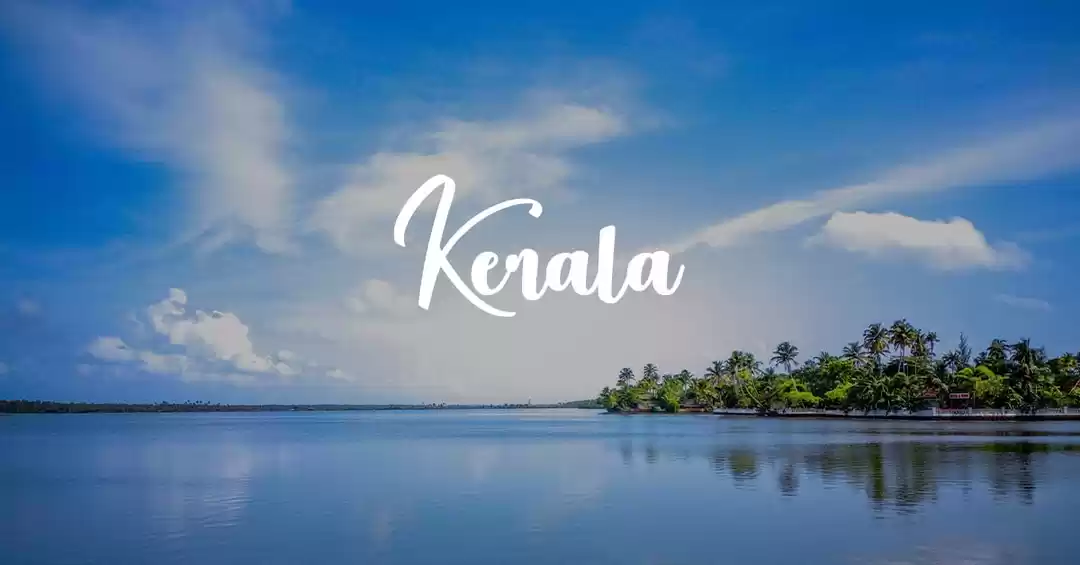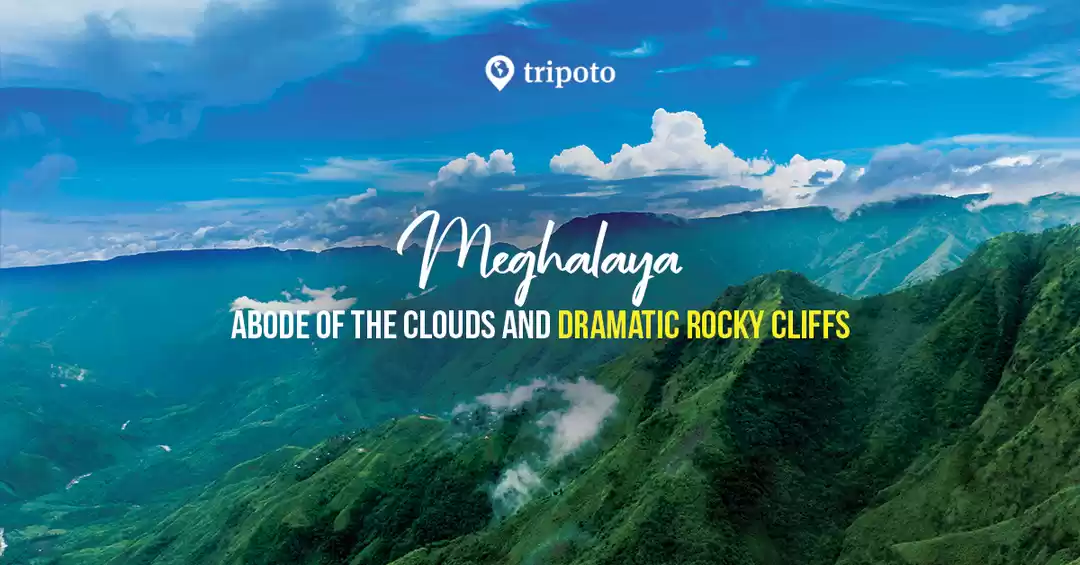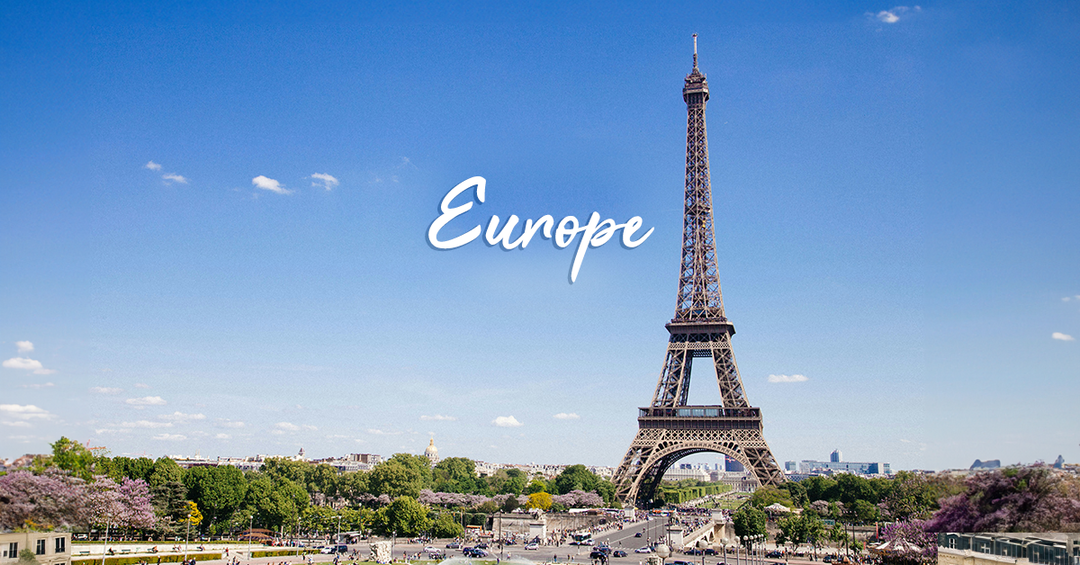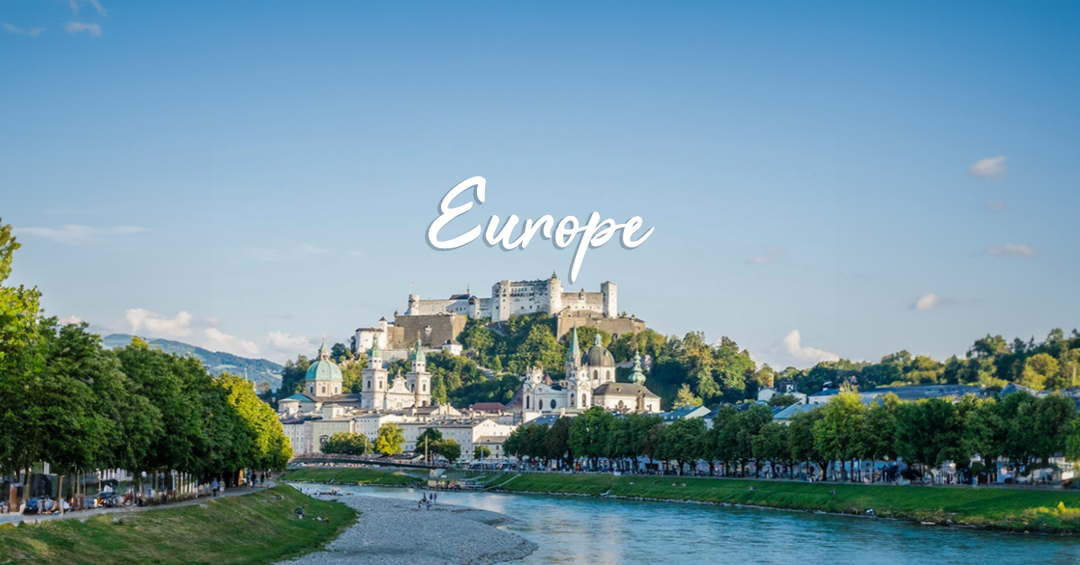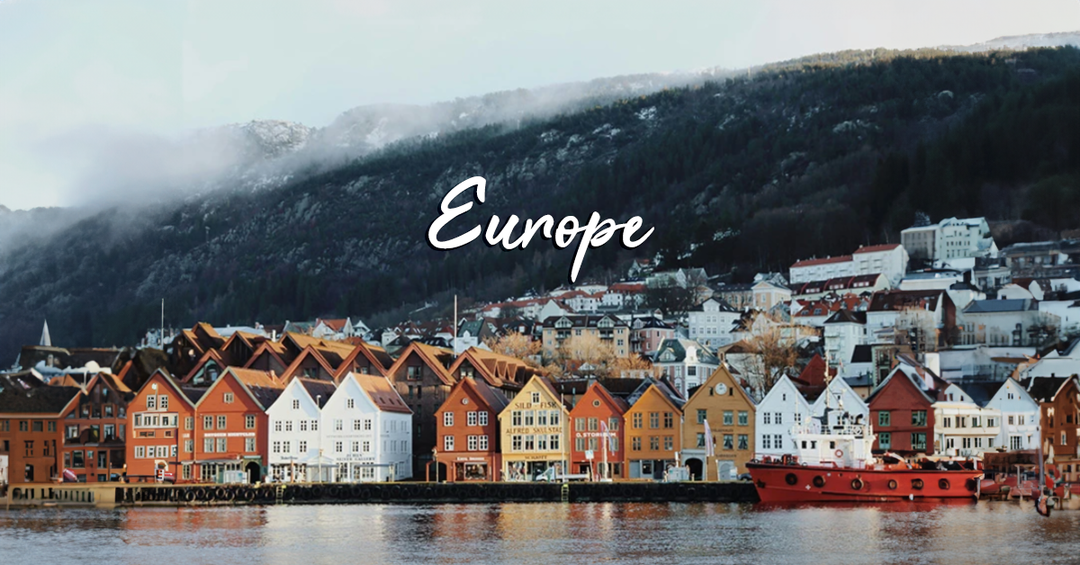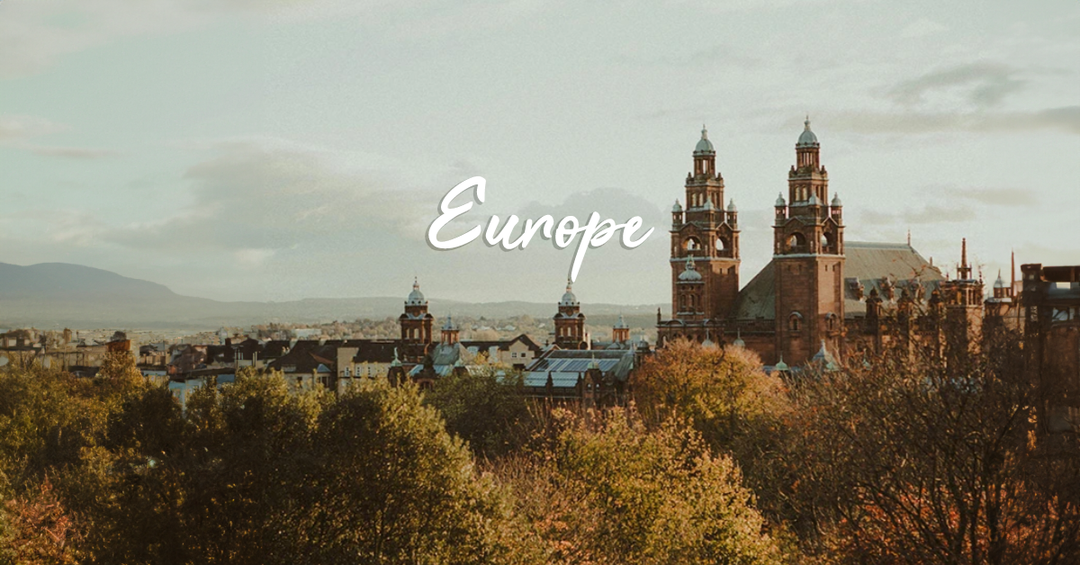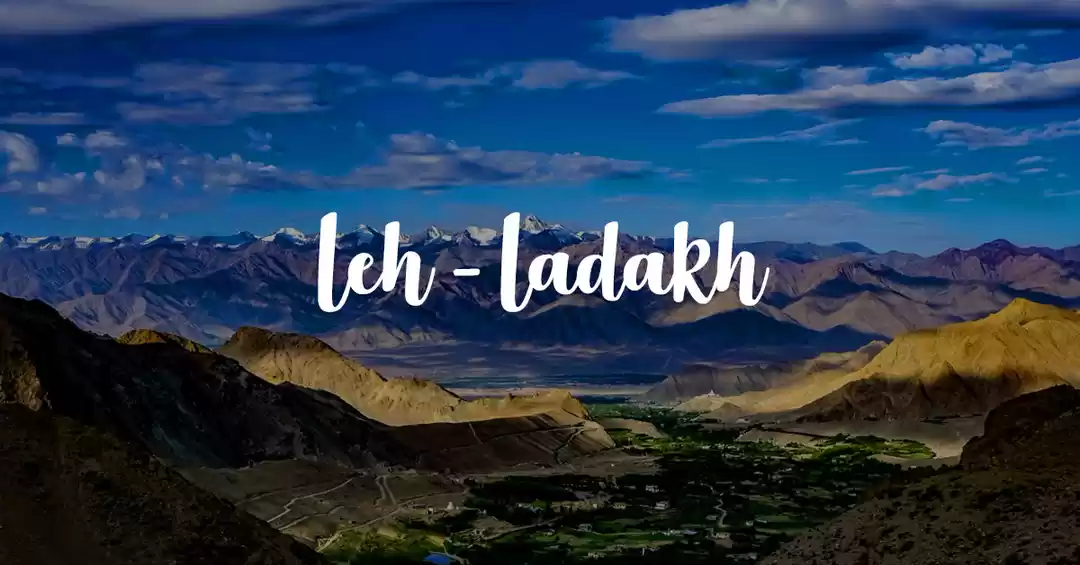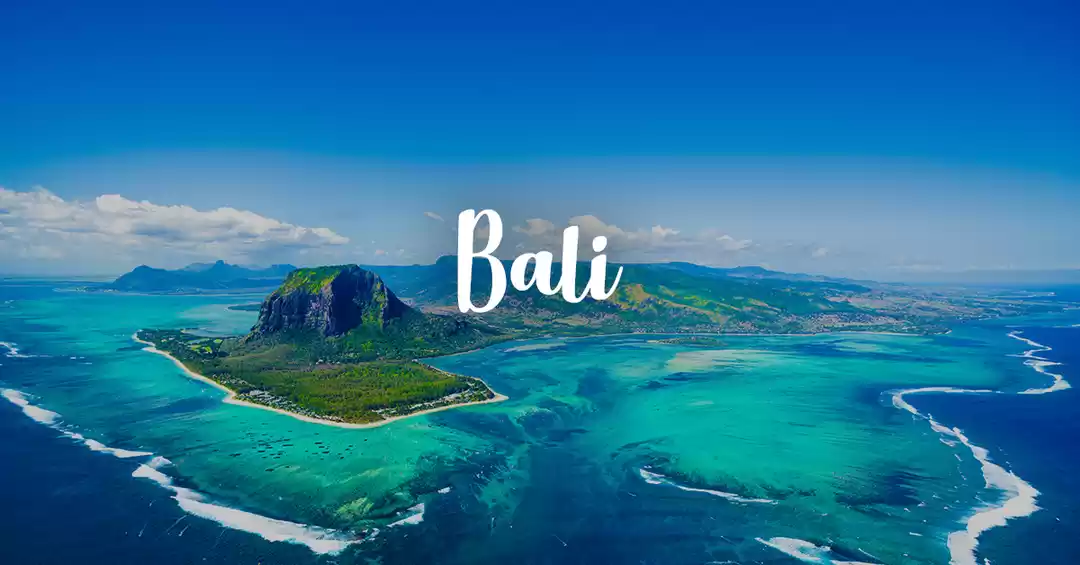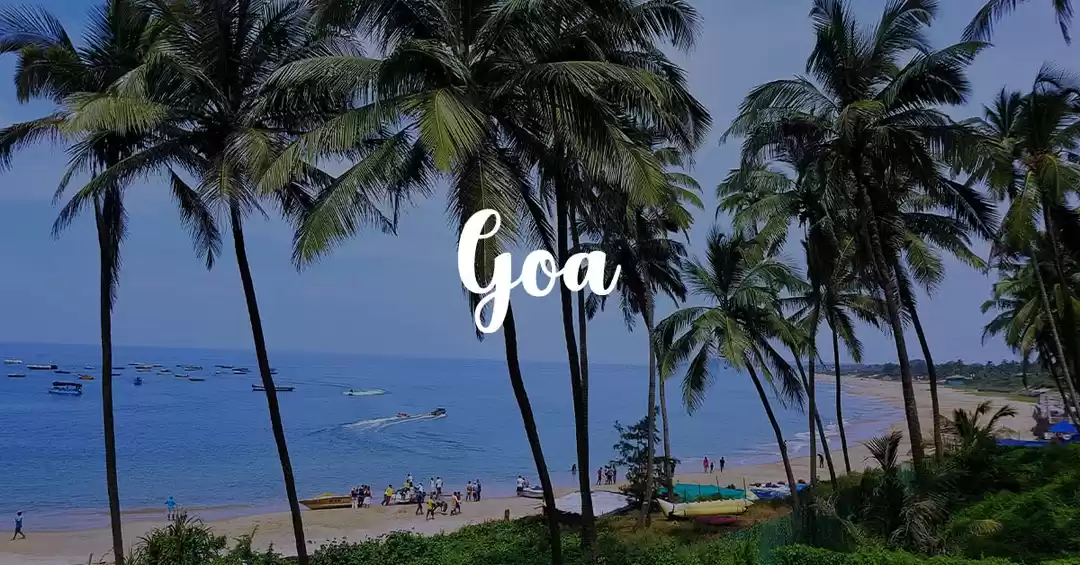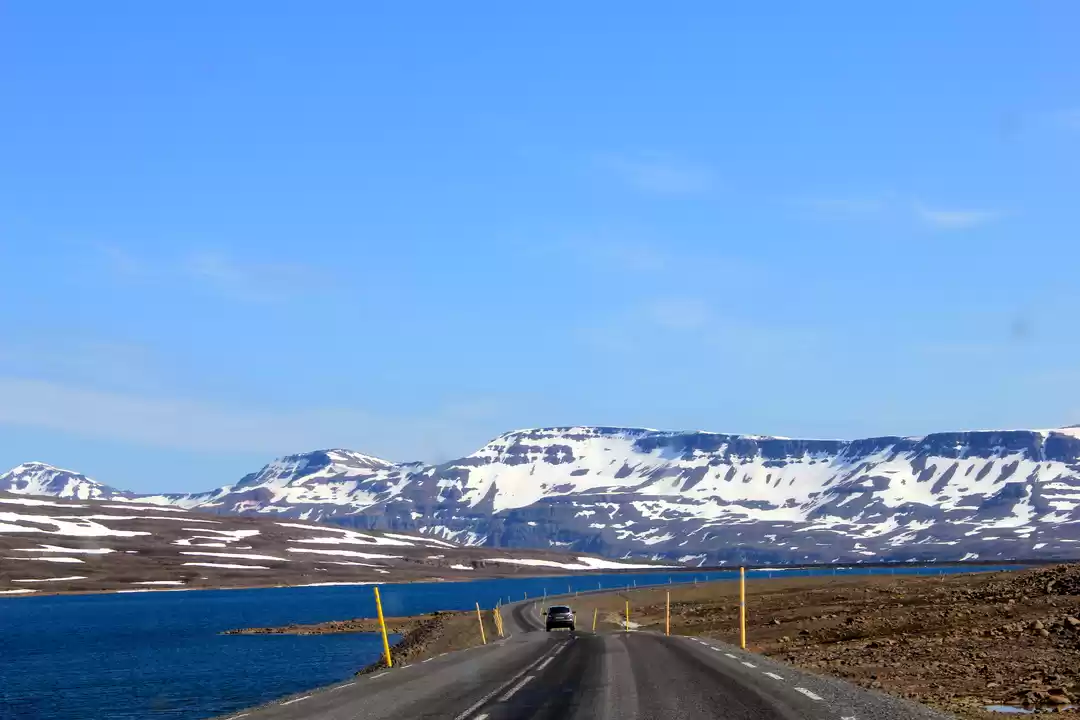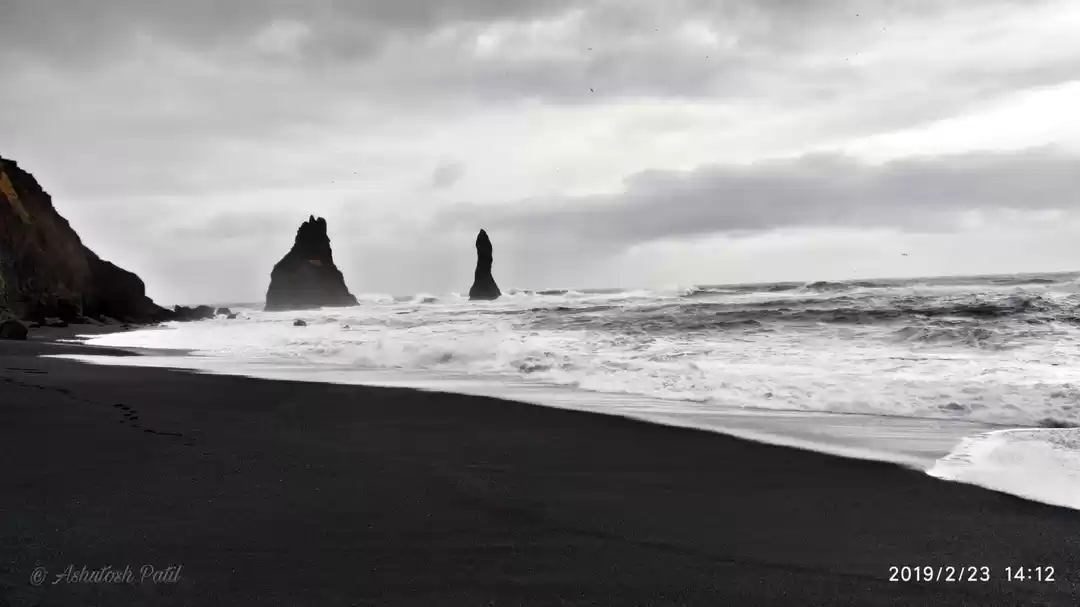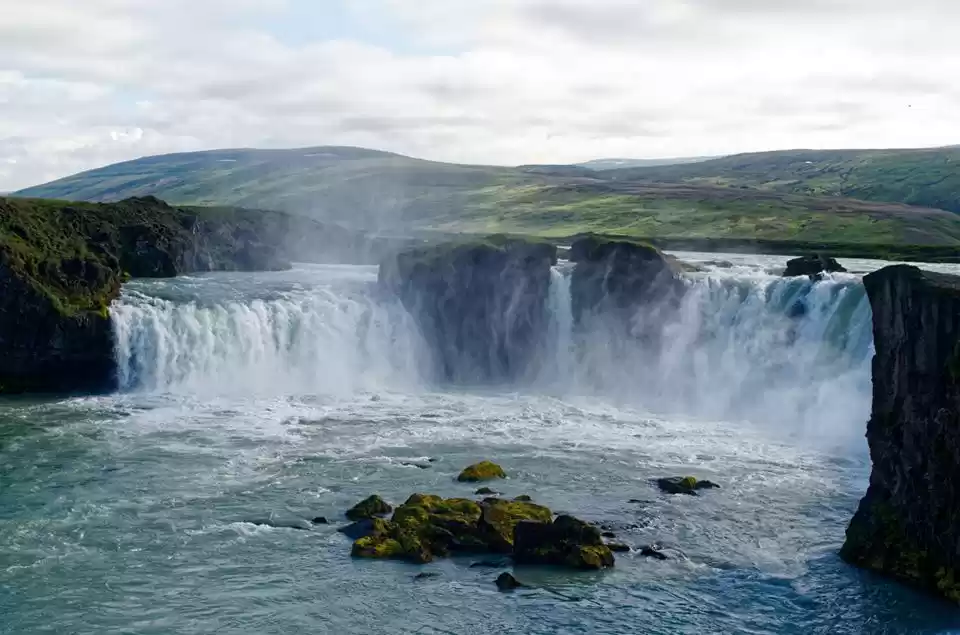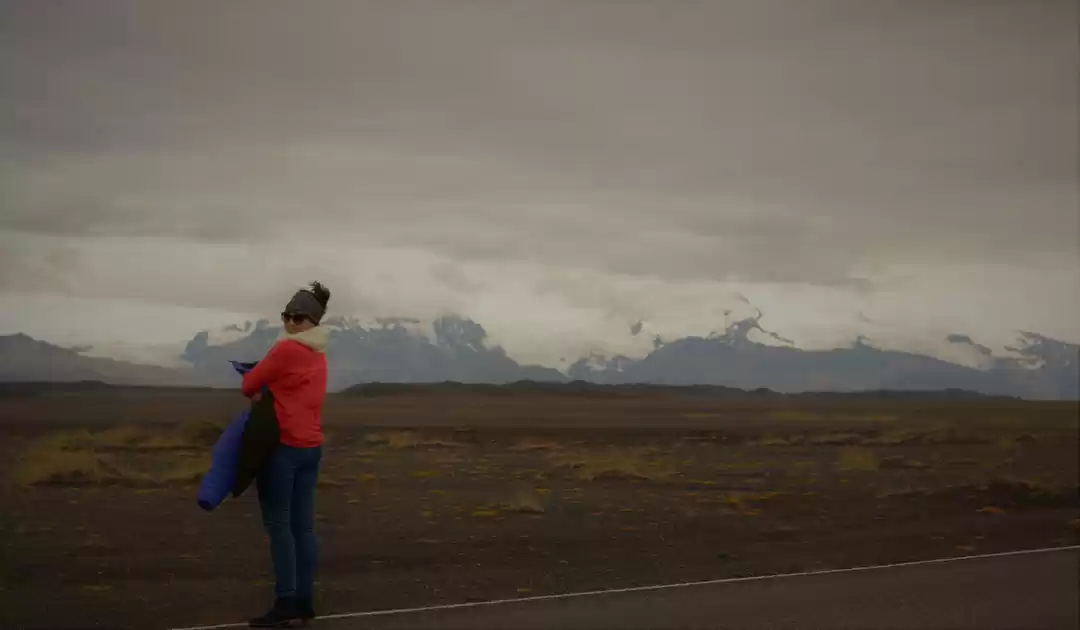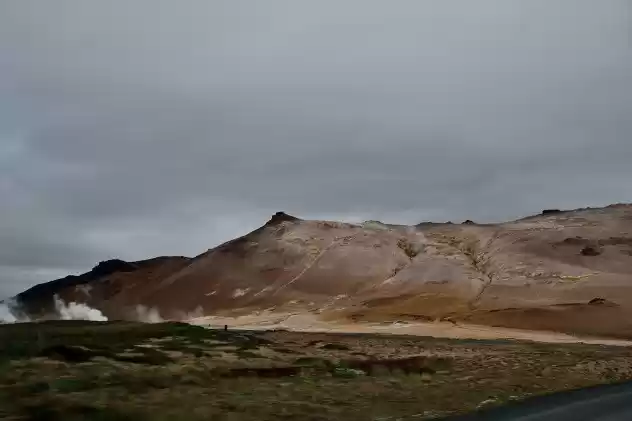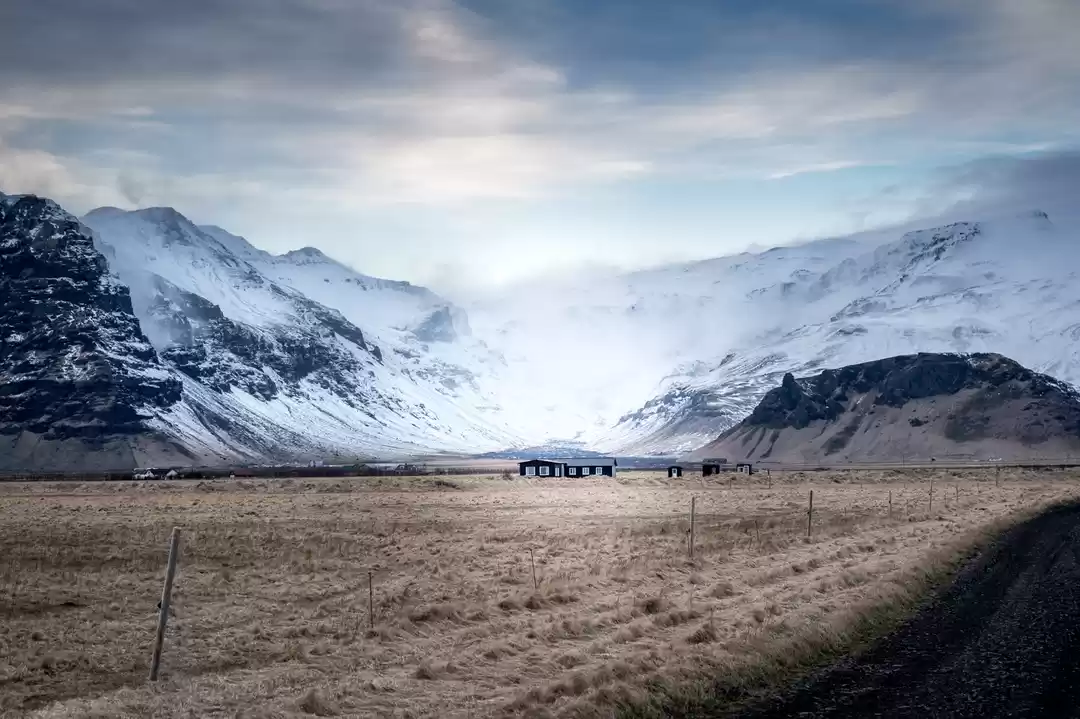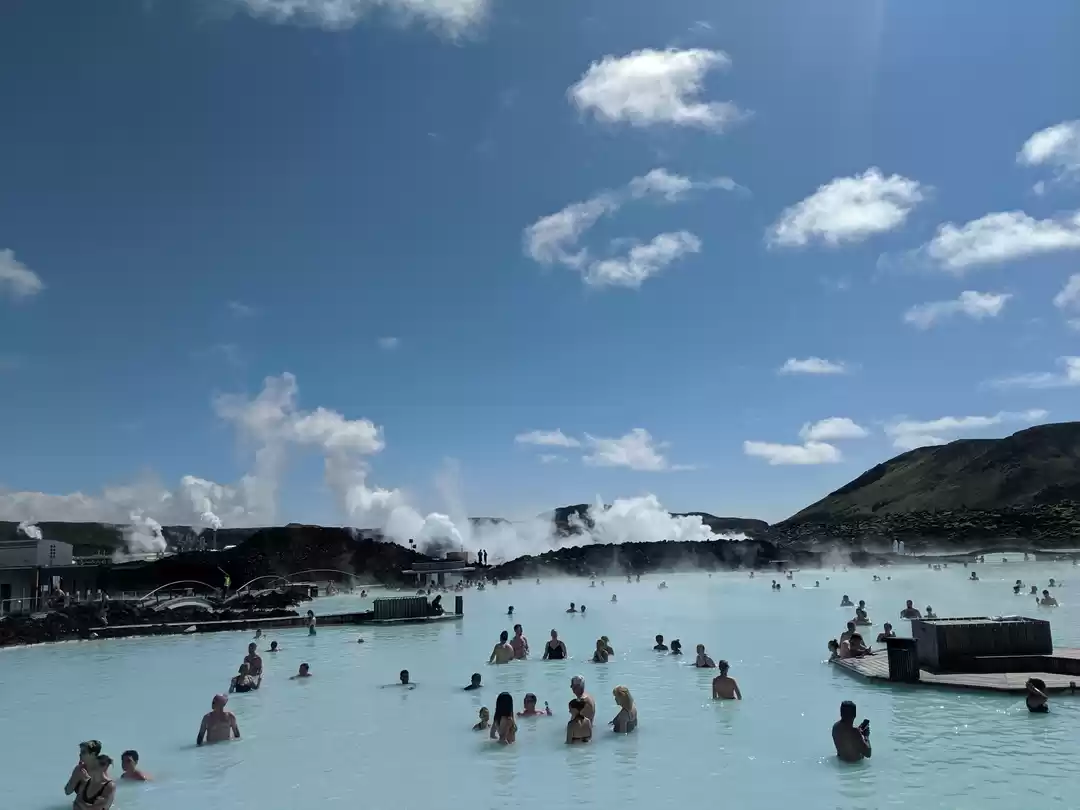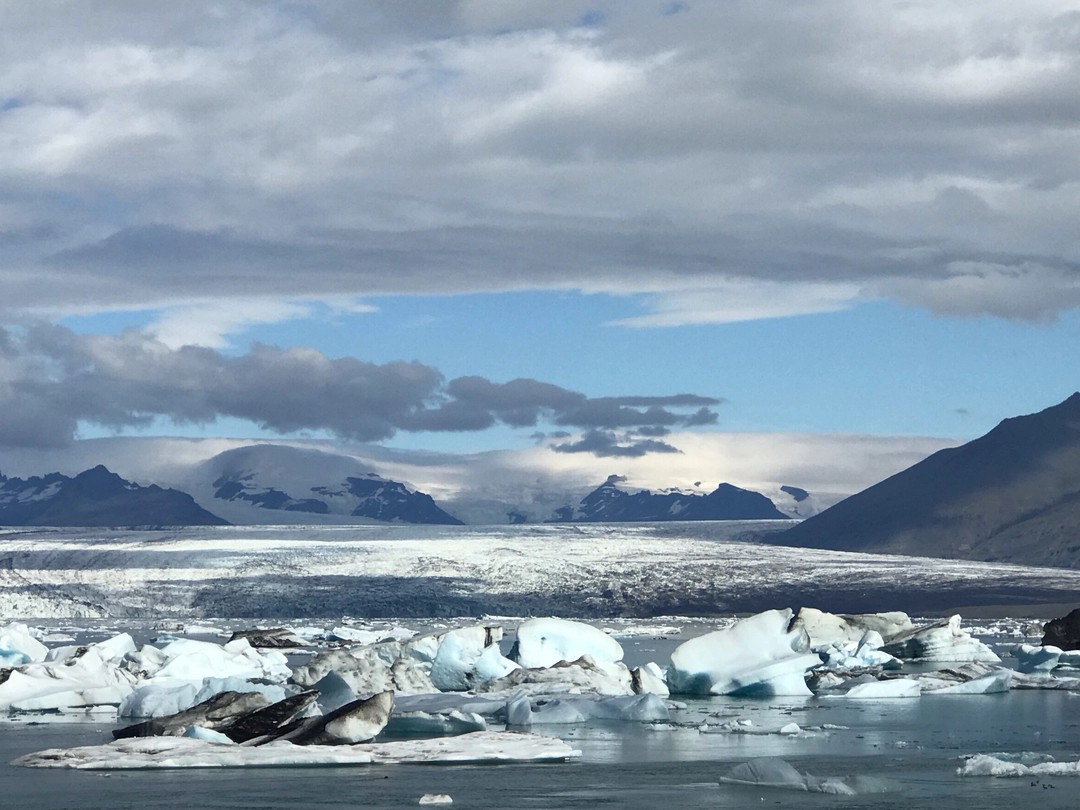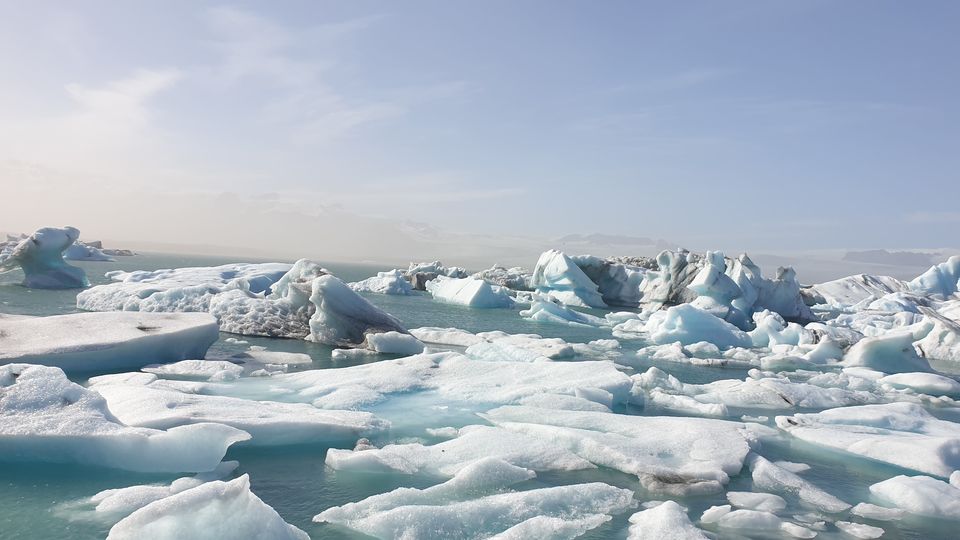
Every time someone mentions Iceland, my heart skips a beat. Active volcanoes you could hike to, glacier lagoons where you can Kayak, Ice caves that you can explore and black sand beaches nuzzled against the rugged coastline, Iceland truly is the realm of stark contrasts. It is a country where the natural elements dance between the extreme poles of fire and ice. Horses and sheep dot the country lines. Seals chill on icebergs at the Diamond beach and puffins take over you during the summer.
Iceland is a circlular island and there is a road that goes around the whole country called the Ring Road. The majority of the locations lie on the ring road, so road trips in Iceland will show through vast green pastures followed by black beaches, followed by multiple cascading waterfalls and unpredictable weather.
Follow this holy grail 8-day itinerary that I have curated for you. With this I guarantee you the best of Iceland!
To know how to get around Iceland, where to stay and what to eat etc without going broke, click here.
DAY 1
Reykjavik is the capital of Iceland, where you will land. The capital of Iceland is unlike any other European capital. Rainbow coloured street, a church that was inspired by volcanoes and streets lined with the cutest cafés.
Things to do in Reykjavik:
- Take a hike in the Reykjanes peninsula to the newly erupted and still active Fagradalsfjall volcano. (There are no public transport to it but many groups have started taking guided tours to the volcano)
- Visit the National Museum of Iceland – learn everything about this Nordic country.
- Visit the Icelandic Phallological Museum - Colloquially known as the Penis Museum, this small institution is home to the world’s largest collection of penises and penis-themed art.
- Visit the Hallgrimskirkja – The church was designed to resemble trap-rocks and glaciers of Iceland
- Reykjavik also houses many public swimming pools that are temperature controlled. A must try!
Stay the night in Reykjavik
DAY 2
The Golden Circle
A 300 km route that is home to the most touristic destinations of Iceland. Due to its popularity, the route is featured with many guided tours and packages.
It is famous for the very obvious Geysir, which coined the word Geyser. Although Geysir hasn’t been active for a while now, Strokkur makes up for it. It shoots hot boiling water over 40 m every 10 to 15 minutes. The surrounding area is dotted with fumaroles, hot springs, and mud pits.
The “Golden waterfall” Gullfoss is the most popular waterfall in Iceland. Plummeting from 32m this waterfall falls into a gorge enveloping everything into a cloud of mist.
Kerid is a volcanic crater in the Grímsnes area of South Iceland. Kerid is approximately 3000 years old, making it half the age of other volcanoes. Hence the crated is red instead of black, suggesting at its young age.
Today this is a UNESCO world heritage site. The Thingvellir National Park was the place of the Icelandic parliament until it was moved to Reykjavík. Today, it is not just known for its historical and cultural values, but also its magnificent landscape and dramatic geology.
For the evening, you could either go to the hot water springs of The Secret lagoon (23 euros) or Blue Lagoon (80 euros and need to be reserved in advance).
Stay the night in Reykjavik
DAY 3
Snæfellsnes peninsula
Have an early start to the day and explore the Snæfellsnes peninsula, a mini version of Iceland. It translates to Snow Mount's Peninsula, an apt name for a long peninsula that's got a volcano crowned with a glacier on its tip. It holds both a volcano and a glacier, lava fields, craters, waterfalls, black and white beaches, caves, picturesque mountains, calm fishing hamlets, villages and towns as well as gorgeous views along the coastline with rugged rocks and frozen trolls jutting out from the Atlantic waves.
The park's main attraction is Snæfellsjökull itself. This 1446 metre (4744 feet) tall glacier is situated on top of a 700,000-year-old stratovolcano. There are only three national parks in Iceland and this one is a mid-range one. Jules Verne used the site as the entrance to the Earth's core in his classic book 'Journey to the Centre of the Earth'.
The mountain is shaped like an arrow. The most popular spot to photograph it from is by the side of the road where it has its iconic triangular shape, and where a small waterfall named Kirkjufellsfoss trickles down the opposite hillside.
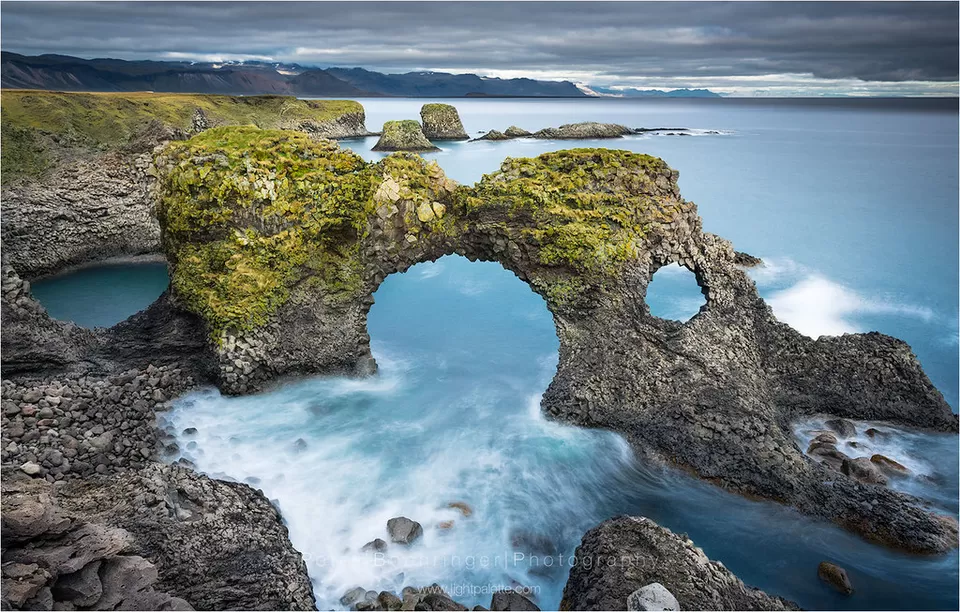
Arnarstapi is a tiny settlement next to the pyramid-shaped mountain Stapafell. It has beautiful seaside views and cliffs. The most famous rock formation in the area is Gatklettur, or Hole Rock.
A beautiful ravine with a waterfall inside. To get to the waterfall you will need to hike through the river up some smaller waterfalls (a rope is provided). Attempt it only if you are in warm waterproof clothes or else just enjoy the view of the canyon.
Saxhóll is a 45-meter high volcanic, oval-shaped crater. It rises from the moss-covered lava fields in Snæfellsjökull National Park and is popular for great views over endless lava, the Atlantic Ocean in the distance and the picturesque Snæfellsjökull-glacier.
Budir is a small hamlet of the peninsula. The iconic black church and gorgeous surroundings draw in travellers, although there aren't many buildings in the area.
Stay the night in Reykjavik.
DAY 4
South -Coast of Iceland
The south coast is the most popular location in Iceland. South Iceland is lined with countless natural wonders including cascading waterfalls, volcanoes, glaciers and black sand beaches. It stretches from greater Reykjavik in the west to the magnificent Jökulsárlón glacier lagoon in the east.
The waterfall where you can walk behind it. Seljalandsfoss Waterfall is considered a staple of the south coast tour. Standing tall at 60 metres (197 ft) high, the water of Seljalandsfoss originates from the volcanic glacier, Eyjafjallajökull. Eyjafjallajökull is, of course, famous for its 2010 eruption.
Just 500 m from the Seljalandsfoss, this is a hidden waterfall inside a gorge. You will have to cross a minor river to get to it. Once inside get ready to be drenched in the cold crisp glacial water.
A short drive along a gravel road on the left-hand side of the Ring Road takes you towards Sólheimajökull Glacier. This is the meeting place for anyone that has booked a glacier hike on this impressive glacier, that's a part of the larger Mýrdalsjökull glacier. It is 15 min walk from the parking point to the glacial tongue and it is a must-see even if you are not planning on a hike.
Skogafoss is one of the largest waterfalls in Iceland, plummeting from 60m. It is also possible to view the waterfall from the top if you ascend the staircase right beside it. In summer you will often find a double rainbow due to the sheer amount of mist at the base of the waterfall.
As the result of a fuel failure in 1973, the aircraft crashed into the black sand desert of Sólheimasandur, located between Hvolsvöllur and the fishing village of Vík í Mýrdal. Now it sits across the stark background of black Icelandic beaches and is a major tourist attraction. The hike up to the plane is 45-60 minutes, so come prepared.
The Reynisfjara Black Sand Beach is an excellent example of the Icelandic volcanic shoreline. Of particular note is the 15-metre-high basalt rock stack, Reynisdrangar, which protrudes from the ocean just off the coastline. Over the years, there has been much folklore surrounding Reynisdrangar; some claim it to be the petrified remains of three trolls, frozen solid in the sunlight as they attempted to pull a boat from the water.
A tiny coastal village in Iceland, with 300 people and the iconic red-roofed church that sits at the top of the hill. Vik stands close to mount Katla which hasn’t erupted since 1918, making it volatile every day. If the Katla erupts, Vik would be drowned, except for the church.
This should be the end of your day 4. Stay the night in Vik and head over to the Reynisfjara Black Sand Beach for the most beautiful sunrise. Start your DAY 5 as the golden rays of the sun give a bright colour to the clouds and meadows, mountains and valleys.
DAY 5
South Coast of Iceland
The captivating Fjadrargljufur Canyon holds a two-kilometre-long river in South Iceland, is approximately 100 metres deep, with steep walls and narrow pathways. Please respect the pathways as stepping off damages the moss.
The Skaftafell Nature Reserve is now a part of the Vatnajökull National Park. The National Park is a great place to camp and boasts multiple hiking trails. The most famous is the one leading to the Svartifoss waterfall and ice caving in winter and glacier hiking all year round are the most popular activities.
Vatnajökull is the largest glacier in both Iceland and Europe, with a total surface area of 8,100 km2 and an average width of 400 metres to 600 metres. Some of the island's most active volcanoes currently rest beneath the glacier, including Grímsvötn, Öræfajökull and Bárðarbunga. Follow the trails to see many tongues of the Vatnajökull glacier.
Camp in the National Park to make the most of it.
Jökulsárlón Glacier Lagoon is known as the crown jewel of Iceland. As you step foot at the Jökulsárlón Glacier Lagoon, and the calm peaceful wind sweeps over you, the name makes sense. This is an area of serene beauty characterised by the gracious icebergs, the curious seal colonies and sweeping views over the ice caps and mountains of Vatnajökull National Park.
Just across the Jökulsárlón Glacier Lagoon is the Diamond beach, a strip of coastline where icebergs wash up onto the jet-black, volcanic shoreline.
To stay the night, stop at the quiet village of Hofn, where you find a hostel, camping site and a few hotels.
DAY 6
East Iceland
Stretching from Bakkafjörður in the north to Álftafjörður in the south, East Iceland is rich in culture, dramatic scenery and fascinating history. Given its distance from Reyjavik, most of the tourists turn back from Hofn, or just simply drive over to Akureyri. This makes the east coast one of the least touristic destinations of Iceland. If you want to have breathtaking fjords all by yourself, head over to the east.
Vestrahorn can be found 12 km (7.4 mi) east of Höfn along a dark and majestic coastline. Both nature and photography enthusiasts will find Vestrahorn a place of dream-like surrealism. From its rugged, sharp-peaked mountains that line the dark blue ocean, the dramatic stand-off gets stuck in your mind.
The town with the rainbow street which leads to the famous blue church is Seyðisfjörður. This tiny village is an important port for travellers coming from mainland Europe and the Faroe Islands. Stopover to have a coffee picnic around the fjords.
Egilsstaðir is considered the capital of the East. The area is packed with fantastic cultural landmarks, such as Hallormsstaðarskógur, the country’s largest forest. take a soothing dip in the swimming pool at Selárlaug, near Bakkafjörður. The pool is surrounded by mountains and beautiful views over the fjord.
The Stuðlagil Canyons are the largest basalt column formation in Iceland and are similar to the ones at Reynisfjara Black Sand Beach. The basalt columns are contrasted by the azure blue glacial river that flows through it. There is a beautiful waterfall called Stuðlafoss, which you should also visit.
Stay the night at Egilsstaðir. You could also head up to Akureyri but I recommend not doing that as you would have to return for your next day’s adventures.
DAY 7
North and Northeast Iceland
The stunning Dettifoss is Europe’s most powerful waterfall with an average water flow of 193 m³/s, thundering down to the Jokulsargljufur canyon. The Dettifoss leaves you in awe at the sheer force at which it flows.
A site containing many stone rock formations arranged to s monument for the Norse pagan believes. The Arctic Henge is located in north Iceland, in a village called Raufarhöfn. Overlooking the Arctic Ocean is the northernmost point of mainland Iceland.
Would you like to experience mars like feels on earth? See, hear and smell the bubbling mud pools at Namaskard, an expanse of hot springs, fumaroles and mud pits that seem to boil with relentless energy. The geothermal activity in the area due to the Krafla volcano is responsible for the multiple shades of red and orange.
Grjotagja is located in the Myvatn area is known for featuring the hot water springs inside the cave. The deep blue waters are hidden inside the cave and instantly take your breath away. Today, due to the increase in temperatures, you cannot swim in it.
Myvantn is a lake that houses multiple tiny small islands within. It is the fourth largest lake in the country. As it sits on an incredibly active geothermal area, Myvatn has a unique geology.
The Myvatn Nature Baths are right around the corner from here and a stop there is necessary. The milky blue waters maintained perfectly at 37°C make them the ideal spot for relaxation. The price to enter is 40 euros (3400 Rs).
If you wish to see pillars of lava, this is the place for you. Dimmuborgir was formed in an eruption that occurred in the area 2,300 years ago; As lava flowed across the area, it passed over a lake, causing it to boil. This both quickened the cooling of the lava and caused pillars of steam to shatter parts of it. As the lava solidified, Dimmuborgir became a large stack of lava pillars.
The ‘waterfall of the gods can be found near Lake Myvatn. At 30m wide and with a 12m drop, it is certainly very photogenic.
My favourite Icelandic history goes like this: When Norwegians moved to Iceland, they followed the Old Norse religion, worshipping deities like Thor, Odin, Loki and Freya. However, when the commonwealth invaded the country in 930 AD, the Icelandic’s were being forced to accept Christianity. During the annual parliament meeting at the Þingvellir, the law speaker at the time, the Ásatrú priest (or goði) Þorgeir Ljósvetningagoði, was given the responsibility to make the decision. It is said that he sat under a birch for 24 hours and decided that for the betterment of the country it was better to accept Christianity, while paganism could be practised in secret. When he returned to his home in northern Iceland, he threw the statues of all the God’s in this waterfall and hence the name Godafoss.
Now head over to Akureyri and stay here the next couple of nights.
DAY 8
North Iceland
Akureyri is the northern capital of Iceland and the second-largest city of Iceland. It is a cute little town with the friendliest locals.
If you wish to go on a whale watching tour, then Husavik is the perfect location. Húsavík is often nicknamed the whale watching capital of Europe because, throughout the vast majority of summers, tour operators have 100% sighting rates.
Spend the evening exploring Akureyri and check out the cutest town of Iceland. Have a relaxed evening and do not forget to try the chocolate cake at the “Blaa Kanan Café”.
Spend your night in Akureyri.
DAY 9
Back to Reykjavik
Today you start your way back to Reykjavik after a great Icelandic adventure. The direct ride from Akureyri to Reykjavik is approximately 6 hours and a bus service runs directly between the two cities. If you want to have a long drive, I recommend driving through the northern fjords and then connecting the ring road, from route 76 to 1.
One last stop is the Hvitserkur. some 50 meters offshore stands the majestic Hvítserkur, a 15 meter's high monolith or sea-stack, an eroded volcanic dyke. It looks like an animal of some sort, an elephant or a rhino; or even a dinosaur drinking. Quite a spectacular location to visit.
Stay the night at Reykjavik and fly back to the mothership called home.
If you have more days in your hands, here are some more locations that I would recommend
• Visit Grimsey from Akureyri. You can read all about it here.
• You could also do the west-fjords, natures true beauty.
• And, finally, you could also hike the Landmannalaugar trail in the magnificent, heart-stopping, rainbow-coloured mountains of the highlands. You can find all the information here.
• You could take a ferry from Vik and visit the Westmann Islands.
• In winters go hunting for the Northern lights. Read here to know when, where and how to capture them.
This is all you need to know about Iceland. Treat this guide like the holy grail and follow through. If you have any further questions on Iceland do not hesitate to contact me. My love for Iceland has transcended all boundaries, hence giving me endless knowledge about the history, the people and the cities of Iceland.
.
.
.
For more such travel tips, follow me on Instagram.
Ready to travel for free? Earn credits and redeem them on Tripoto’s weekend getaways, hotel stays and vacation packages!
Share your stories on Tripoto’s Clubhouse channel!




































